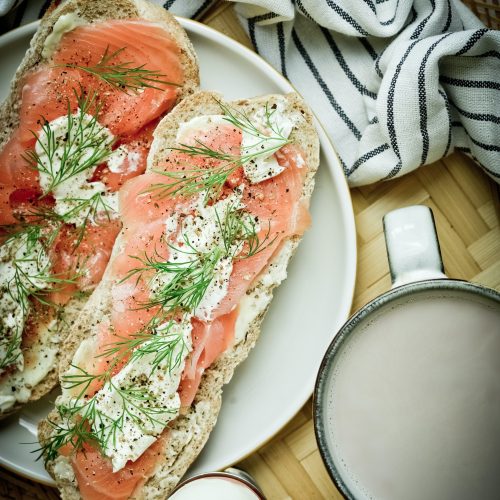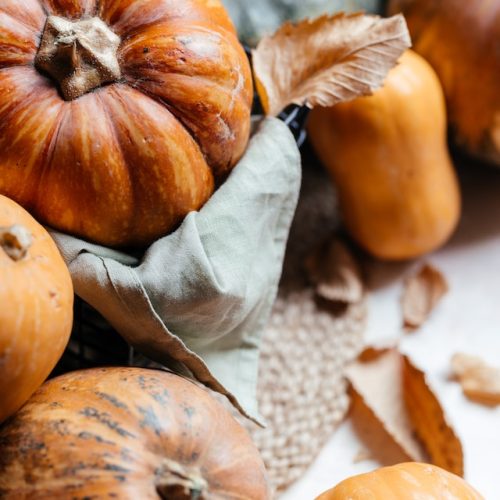The Passover, or Pesach in Hebrew, is among the most important and widely observed Jewish festivals. It commemorates the liberation of the Israelites from slavery in ancient Egypt, as described in the Book of Exodus. This eight-day festival typically falls in the Hebrew month of Nisan (March-April) and is celebrated by Jewish communities worldwide.
In this blog section, we will delve into the rich traditions and customs of Passover and examine how it is celebrated today.
Table of Contents
The Passover: A Feast of Storytelling and Symbolism
The focal point of Passover celebrations is the Seder, a ritual meal held on the first two nights of the festival. The Seder is a unique blend of storytelling, prayer, and symbolic foods, designed to immerse participants in the story of the Exodus.
The Seder table is set with various symbolic foods, each representing a different aspect of the Passover story. The Seder plate, a special platter containing these foods, is the table’s centerpiece. Some of the symbolic foods include:
- Matzah: Unleavened bread represents the haste with which the Israelites fled Egypt, leaving no time for their bread to rise.
- Maror: Bitter herbs (usually horseradish) symbolize the bitterness of slavery.
- Charoset: A sweet mixture of fruits, nuts, and wine representing the mortar used by the Israelite slaves to build structures for the Egyptians.
- Karpas: A green vegetable (often parsley) dipped in saltwater, symbolizing the tears shed by the Israelite slaves.
- Zeroa: A roasted shank bone representing the sacrificial lamb offered in the ancient Temple in Jerusalem.
During the Seder, participants read from the Haggadah, a book that contains the story of the Exodus, prayers, and instructions for the Seder rituals. The narrative is punctuated by the drinking of four cups of wine, symbolizing God’s four promises to the Israelites: to bring them out of Egypt, to deliver them from slavery, to redeem them with an outstretched arm, and to take them as His people.
The Seder is also an interactive and inclusive experience involving questions, discussions, and songs to engage all present. A highlight of the evening is the recitation of the Four Questions by the youngest participant, which serves as an invitation to tell the Passover story.
Beyond the Seder: Passover Observances
In addition to attending the Seder, other customs are associated with Passover. Throughout the eight days of the festival, observant Jews refrain from eating leavened bread, known as chametz, and consume only matzah. This dietary restriction serves as a reminder of the hardships faced by the Israelites and their hasty departure from Egypt.
Homes are also thoroughly cleaned before Passover to remove any traces of chametz. This process, known as bedikat chametz, often involves a ritual search for any remaining crumbs of leavened bread, which are then burned or discarded.
Conclusion
Passover is a time for Jewish communities to unite and remember their shared history and connection to the ancient Israelites. Through the rich traditions of the Seder and the observance of Passover customs, participants are reminded of the resilience and faith of their ancestors and the importance of freedom and redemption. As the Haggadah reminds us, “In every generation, one is obligated to see oneself as though one personally went out from Egypt.” And, of course, if you’re going to visit a country that celebrates the Passover, you can expect an incredible and memorable celebration!
Jolly And Nice are built to help people enjoy togetherness during the holiday events, making the most out of incredible food, travel experiences, and so much more. If you’re planning to celebrate the holidays, such as the Passover, check out how you can do so successfully.



Leave a Reply